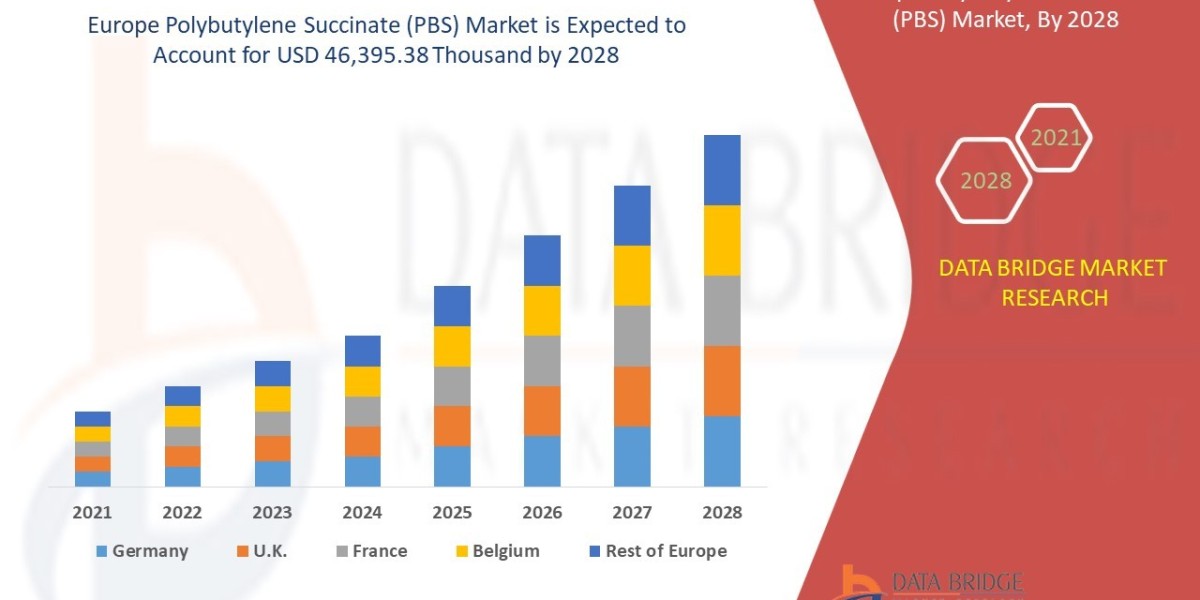According to TechSci Research report, “Green Power Market – Global Industry Size, Share, Trends, Competition Forecast & Opportunities, 2028”, the Global Green Power Market stood at USD 40.08 billion in 2022 and is anticipated to grow with a CAGR of 15.19% in the forecast period.
One of the primary drivers of the global Green Power market is the increasing awareness of environmental concerns and the pressing need for climate change mitigation. As the detrimental effects of greenhouse gas emissions become more evident, there is a growing consensus that transitioning to cleaner and more sustainable energy sources is imperative. Fossil fuels, such as coal, oil, and natural gas, are major contributors to air and water pollution, deforestation, and habitat destruction. The Green Power market offers a solution to combat these environmental challenges. Countries worldwide are committing to reduce their carbon emissions in line with international agreements like the Paris Agreement.
These commitments drive the adoption of green power technologies as a means to decrease greenhouse gas emissions. Governments are implementing policies and incentives that promote the development and deployment of renewable energy sources like solar, wind, and hydroelectric power. Furthermore, consumers and businesses are increasingly environmentally conscious, willing to pay a premium for electricity generated from renewable sources. This growing demand for green power encourages energy companies to invest in renewable energy infrastructure to meet the rising consumer interest. Ultimately, the environmental imperative to combat climate change and mitigate its impacts serves as a powerful driver propelling the global Green Power market forward.
Technological advancements and cost reductions in renewable energy technologies are instrumental drivers of the global Green Power market's growth. Over the past few decades, there has been remarkable progress in improving the efficiency and affordability of green power solutions, making them increasingly competitive with conventional fossil fuels. Solar photovoltaic (PV) panels, for instance, have seen substantial cost reductions, rendering solar energy one of the most cost-effective electricity generation options in numerous regions. Similarly, innovations in wind turbine design and energy storage technologies have enhanced the efficiency and reliability of wind power.
These technological improvements have significantly boosted the feasibility and scalability of green power projects, attracting both public and private sector investments. Energy storage systems, like advanced batteries, have also played a crucial role in driving green power adoption. These systems enable the integration of intermittent renewable sources, such as solar and wind, into the grid, making the supply of green energy more reliable and stable. Advances in battery technology, including increased energy density and longer lifespans, have made energy storage systems more economically viable, facilitating the integration of green power on a larger scale.
As technology continues to advance, green power is poised to become even more accessible and cost-competitive, further accelerating its global adoption. This driver underscores the importance of ongoing research and development in renewable energy technologies to make green power increasingly attractive to consumers, businesses, and governments.
Browse over XX market data Figures spread through XX Pages and an in-depth TOC on "Green Power Market.”
https://www.techsciresearch.com/report/green-power-market/18972.html
The Global Green Power Market is segmented into power, application, end user and region.
Based on power, The Hydropower segment held the largest market share in 2022 & expected to maintain it in the forecast period. Hydropower is one of the oldest and most established forms of renewable energy generation. Many countries have extensive hydropower infrastructure in place, including dams, turbines, and power plants. This maturity gives hydropower a competitive advantage as it has a well-developed supply chain and experienced workforce.
Reliability and Base load Power: Hydropower is highly reliable and can provide consistent baseload power, unlike some other renewable sources like wind and solar, which are intermittent. Baseload power is the minimum level of electricity demand that must be met continuously. This makes hydropower an essential component of a stable and secure electricity grid.
Scalability: Hydropower projects can be scaled up or down to match electricity demand. Large dams and hydroelectric plants can provide significant capacity, while smaller run-of-river or micro-hydropower installations are suitable for more localized needs. This scalability makes hydropower adaptable to a wide range of energy requirements. Many hydropower facilities have built-in energy storage capabilities. They can store water in reservoirs during periods of low demand and release it to generate electricity during peak demand, acting as a natural form of energy storage. Pumped hydro storage, a specific type of hydropower, is used for grid-scale energy storage, enhancing grid stability.
Based on end user, The Utility segment held the largest market share in 2022 and is projected to experience rapid growth during the forecast period. Utilities are typically responsible for generating and distributing electricity on a large scale, serving a vast customer base. As such, they have the capacity to invest in and operate large renewable energy projects, such as wind farms and solar power plants. These utility-scale projects can generate significant amounts of green power, making utilities pivotal players in the market. In many regions, governments have implemented regulatory mandates that require utilities to increase the share of renewable energy in their energy portfolios. These mandates are often part of broader efforts to combat climate change and reduce greenhouse gas emissions.
To comply with these regulations, utilities are incentivized to invest in green power generation. Utilities benefit from economies of scale when it comes to renewable energy generation. Building and operating large renewable energy facilities can be more cost-effective per unit of electricity produced compared to smaller-scale installations. This cost efficiency allows utilities to provide green power to customers at competitive rates. Utilities own and manage the electricity grid, giving them the ability to seamlessly integrate renewable energy into the existing infrastructure. This is crucial because many renewable sources, such as wind and solar, are intermittent. Utilities have the expertise and resources to manage grid stability and balance electricity supply and demand effectively.
Major companies operating in the Global Green Power Market are:
- NextEra Energy, Inc.
- Vestas Wind Systems A/S
- Siemens Gamesa Renewable Energy, S.A.
- Ørsted A/S
- Iberdrola, S.A.
- Électricité de France S.A.
- Enbridge Inc.
- Enel Green Power S.p.A.
- First Solar, Inc
- Canadian Solar Inc.
Download Free Sample Report:
https://www.techsciresearch.com/sample-report.aspx?cid=18972
Customers can also request for 10% free customization on this report.
“The Global Green Power market is expected to rise in the upcoming years and register a significant CAGR during the forecast period. Governments around the world are increasingly supporting the development of renewable energy, through a variety of policies and incentives, such as feed-in tariffs and renewable portfolio standards. The cost of renewable energy technologies has fallen significantly in recent years, making them more competitive with fossil fuels. Consumers and businesses are becoming more aware of the environmental impact of fossil fuels, and are increasingly choosing to purchase green power. Additionally, The Asia-Pacific region is the largest market for green power, followed by Europe and North America. The region's rapid economic growth and increasing urbanization are driving demand for energy, and governments are increasingly turning to renewable energy to meet this demand. Therefore, the market of Green Power is expected to boost in the upcoming years.,” said Mr. Karan Chechi, Research Director with TechSci Research, a research-based management consulting firm.
“Green Power Market - Global Industry Size, Share, Trends, Opportunity, and Forecast, 2018-2028, Segmented By Power (Wind Energy, Solar Energy, Geothermal Energy, Hydropower, Bioenergy), By Application (Electricity Generation, Transportation, Heating, Others). By End User (Utility, Residential, Industrial, Commercial), By Region, By Competition”, has evaluated the future growth potential of Global Green Power Market and provides statistics & information on market size, structure and future market growth. The report intends to provide cutting-edge market intelligence and help decision-makers make sound investment decisions., The report also identifies and analyzes the emerging trends along with essential drivers, challenges, and opportunities in the Global Green Power Market.
Contact
Mr. Ken Mathews
708 Third Avenue,
Manhattan, NY,
New York 10017
Tel: +1-646-360-1656
Email: [email protected]
Website: www.techsciresearch.com



